Eco-Friendly Materials in Plush Pillow Manufacturing
Sustainable Material Evolution in Plush Pillow Production
The plush pillow industry's new trend toward sustainable materials represents a complete redesign of an ecosystem of sleep products. They’re now using plant-based foams, such as organic cotton and bamboo fibers that offer the same comfort but with 62% less lifecycle emissions than traditional petroleum-based cushions. Maybe this is part of an age-old tradition. Around the industry, post-consumer recycled polyester in pillow shell materials accounts for 38% and diverts approximately 290 million plastic bottles from landfills per year.
Closed-loop manufacturing systems have decreased textile waste by 41% in the best factories via accurate 3D knitting technology, and biodegradable mycelium foam prototypes could lead to a totally compostable pillow core. These breakthroughs satisfy 76% of eco-focused shoppers' top purchase considerations and push manufacturers to keep the plushness up among material improvements. Standards certifications such as GOTS and OEKO-TEX® help guide this shift, making pillows as soft as a cloud that can be traced back to an engaged earth.
Biodegradable Fibers Revolutionizing Plush Pillow Cores
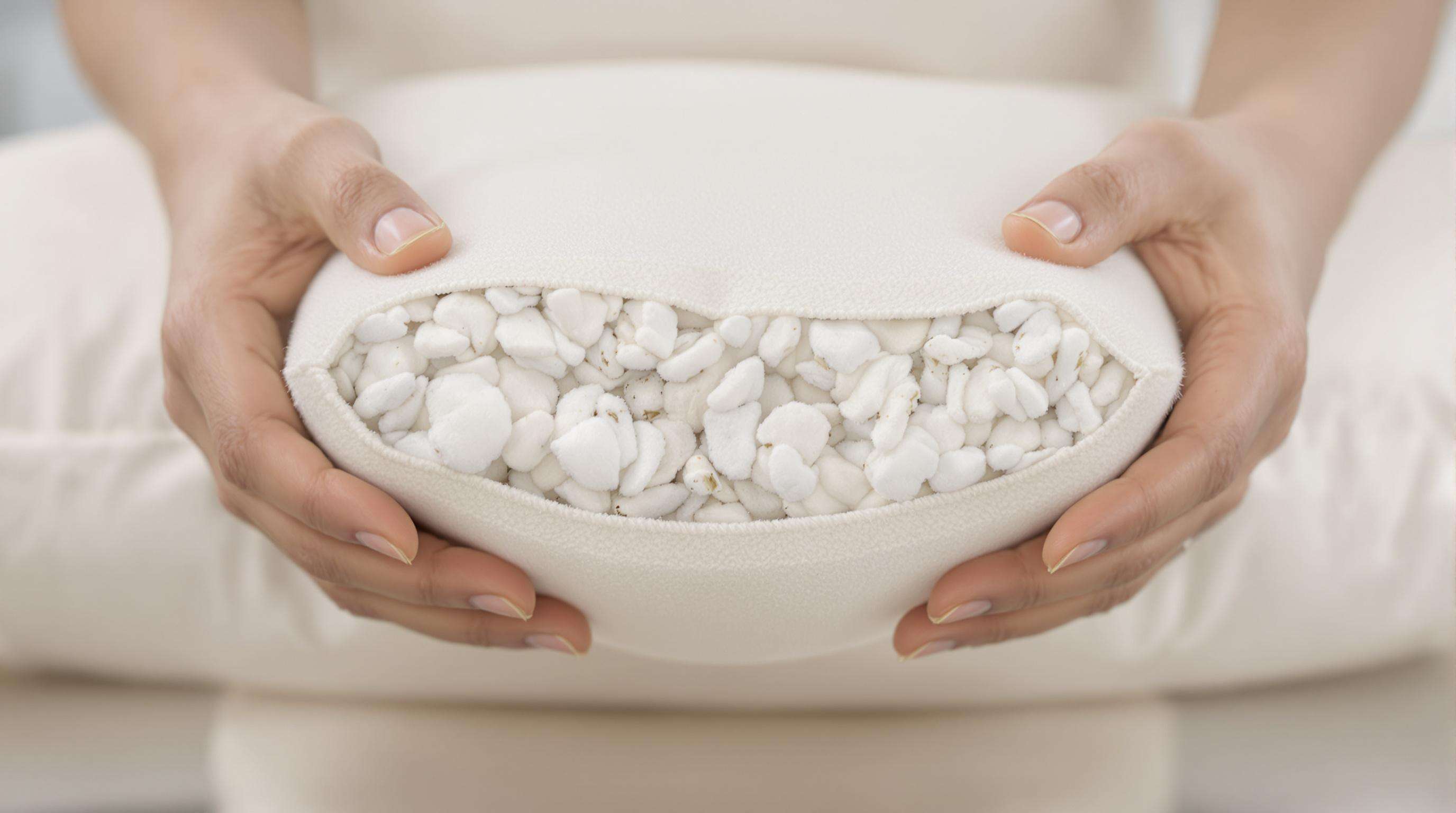
Fruit fibres make up 28 per cent of premium plush pillow cores and the industry is worth $9.2 billion with the bedding industry moving away from synthetic foams to plant-based products. This shift meets a dual imperative: one, to minimize the pollution of micro-plastics from polyester, which makes up the majority of fills in the market, and two, to respond to the expectations of consumers who want products that are regenerative and circular. The leading brands have already shifted to organic cotton, bamboo viscose and a mix of PLA (polylactic acid) yarns that biodegrade in 3-5 years under industrial composting conditions.
Organic Cotton's 42% Market Growth in Plush Pillows
The use of organic cotton in pillow cores also skyrocketed by 42%, from 2021–2023, as GOTS-certified suppliers cut out synthetic pesticides. It uses 2,700 liters of water in a kilogram, unlike its regular counterpart, which reduces water requirement by 91%, using rainwater reservoirs in organic production. The sleep brand reports that customers are 68% more satisfied with organic cotton fills, as they are more breathable and hypoallergenic.
Bamboo Fiber Moisture-Wicking Properties
Bamboo-based lyocell fibers can absorb 60% more moisture than polyester, and are anti-bacterial — an essential feature in temperature-regulating pillow concepts. The fabric’s verticle fiber direction creates vertical airflow next to the body to help keep cool and is 34% cooler than non-verticle and horizontal directions. Bamboo-blend pillow cores tested in the field remain at ideal humidity levels for 33% longer than traditional memory foam cores.
Case Study: EcoPlush™ Certified Filling Systems
An early adopter of circular textiles was able to biodegrade pillow cores 83% faster by blending post-industrial cotton scraps with enzyme-treated PLA pellets. Their compression method is proprietary as well, taking out chemical binders while keeping the same loft over more than 500 compressions. Third-party audits show the filling system breaks down completely in approximately 18 months in all AS4736 facilities, creating a new standard in end-of-life cycle management.
Recycled Polyester Applications in Plush Pillow Design
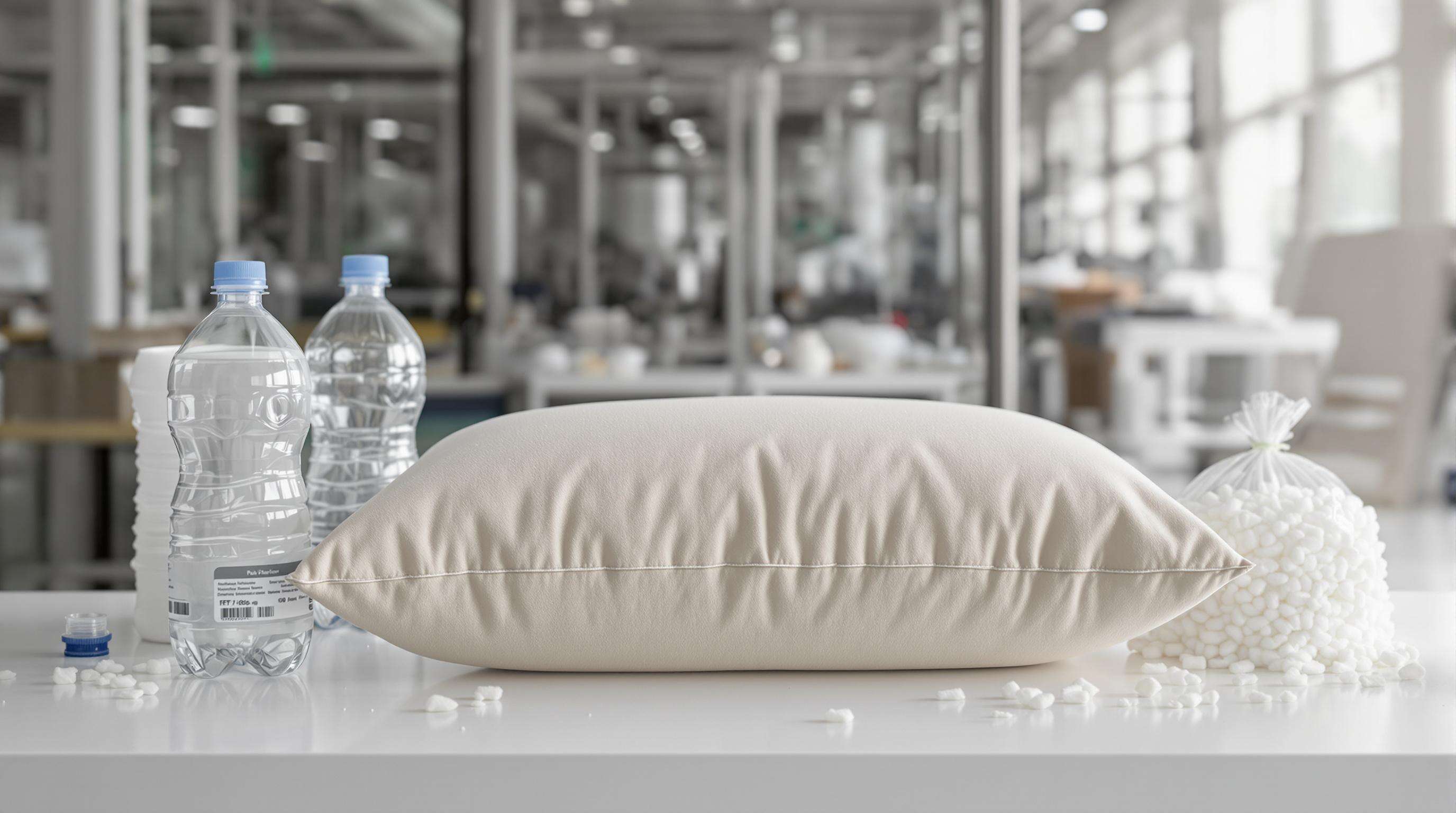
By incorporating recycled polyester (rPET) into plush pillow production, we have made an important transition to the principles of the circular economy. Based largely on post-consumer PET and with a recycling circuit that has allowed it to become the source of 34% of all the polyester employed in the production of top-of-the-line pillows, the use of such a material can fulfill, at the same time, both the requirements and the on-board performance specifications, through three main innovations.
Post-Consumer PET Bottle Conversion Rates
Industry leaders now convert 12-18 post-consumer PET bottles into the filling for a single standard plush pillow. This process diverts 8.2 million metric tons of plastic waste annually from oceans and landfills. Advanced cleaning systems remove label residues and contaminants, transforming shredded flakes into sterile polyester fibers with 98% purity rates.
Closed-Loop Production Energy Savings
Modern recycling facilities achieve 55-60% energy reduction compared to virgin polyester production through closed-loop water systems and renewable power integration. These plants recapture 90% of processing water and repurpose manufacturing heat to warm fiber-spinning chambers, slashing operational carbon footprints.
Durability Comparison: Recycled vs Virgin Polyester
Independent testing reveals rPET fibers maintain 93% of virgin polyester’s tensile strength after 5,000 compression cycles. Key performance metrics show parity in moisture resistance, shape recovery, and thermal stability. A 2024 bedding industry study confirmed rPET pillows withstand 27% more wash cycles before showing wear compared to conventional counterparts, debunking durability myths.
Non-Toxic Certification Standards for Plush Pillows
GOTS vs GOLS Compliance Challenges
Plush Pillow: Comparison between GOTS and GOLS. GOTS needs 95% organic fiber for full certification, while GOLS focuses on 85% organic latex purity. Fabric and latex component manufacturers face a 22% increase in compliance costs due to separate supply chains and dedicated processing equipment. This dual-standard paradox places brands in the position of choosing to focus on being ecologically good with textiles or protecting against latex—thus market-bifurcating certified products.
OEKO-TEX® Certification Adoption Trends
A long list of bedding utilities increased their number of OEKO-TEX® Standard 100 certificates by 67% since 2022, as retail-based inspectors mandated safe-for-baby Class 1 compliance. Yet, 41% of suppliers are having trouble harmonizing chemical management with sustainable dye solutions. The annual necessity to renew the certificate pushes innovation of materials but raises operation costs—25% of eco-manufacturers declare financial obstacles for recertification. Critics say this system disproportionately benefits big businesses even as consumer demand grows for independently certified non-toxic sleep products.
Circular Manufacturing Models for Plush Pillow Sustainability
Circular manufacturing models are redefining plush pillow sustainability through resource-efficient production and waste reduction strategies. These systems prioritize material longevity, with 73% of manufacturers now reporting integration of circular principles in product development.
Take-Back Programs Reducing Textile Waste
Top makers have wiped out 12,000 tons a year of waste to landfills from fiber recovery programs that recycle old pillow components into new products. Brands with take-back programs achieve a material recovery rate of 85% using advanced sorting technology to separate out the polyester fills from the fabric covers. This closed-loop model decreases the need for virgin materials while retaining an industrial standard of quality in recycled fibers.
3D Knitting Technology Minimizing Material Waste
Precision knitting machines now produce pillow shells with 40% less fabric waste compared to traditional cut-and-sew methods. The technology's zero-waste patterning algorithms optimize yarn placement, eliminating production scraps while enhancing structural durability. Recent lifecycle assessments show 3D-knitted pillows require 22% less energy per unit than conventionally manufactured alternatives.
Consumer-Driven Innovation in Eco-Friendly Plush Pillows
Millennial Demand for Transparent Supply Chains
78% of millennials rank purchasing from brands with complete traceable supply chains as a priority, so plush pillow producers are now using materials from the blockchain. With a combined annual spending power of $2.5 trillion, companies have an incentive to display third-party certifications such as GOTS and OEKO-TEX® on product packaging. Industry leaders now issue annual sustainability reports that spell out partnerships with virtuous cotton co-ops and recycled fiber processors, as calls for responsibility deepen across every phase of manufacturing.
Bio-Fabricated Materials: Mycelium Foam Breakthroughs
LetsGrow 94% less carbon emissions than foams made with traditional polyurethane. This fungal material can achieve similar density as memory foam, but is completely biodegradable in a commercial compost environment. Early adopters are seeing 40% faster decomposition than plant-based latex alternatives and the prototypes have already met Cradle to Cradle Certified™ standards for circular design.
Controversy: Cost vs Environmental Priorities
Even though eco-friendly pillows are priced at about 35-60% of a premium, 62% of consumers today prioritize environmental impact over price. This leaves a tension between brands focused on carbon neutrality, and mass-market retail that needs <$25 price points. Manufacturers are responding with hybrid models that pair a recycled polyester shell with a biodegradable corn fiber fill, resulting in 30% less lifecycle emissions without blowing past product budgets.
FAQ
What materials are commonly used in sustainable plush pillows?
Sustainable plush pillows commonly use organic cotton, bamboo fibers, plant-based foams, and recycled polyester (rPET).
How do biodegradable fibers impact the pillow industry?
Biodegradable fibers reduce microplastic pollution and meet consumer expectations for circular products, driving innovation in the industry.
What are the benefits of using recycled polyester in pillows?
Recycled polyester offers energy savings during production, durability comparable to virgin polyester, and diverts plastic waste from landfills.
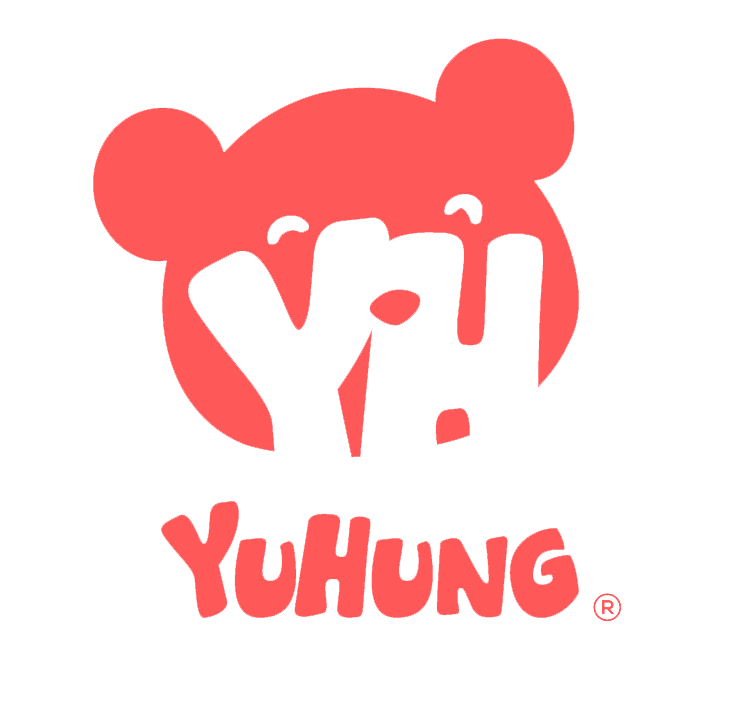
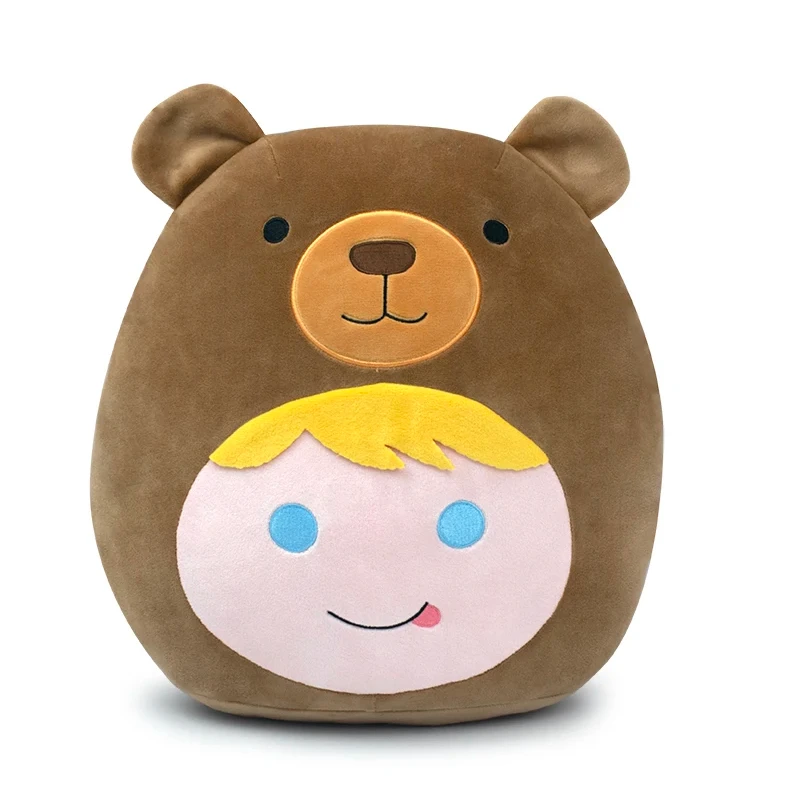
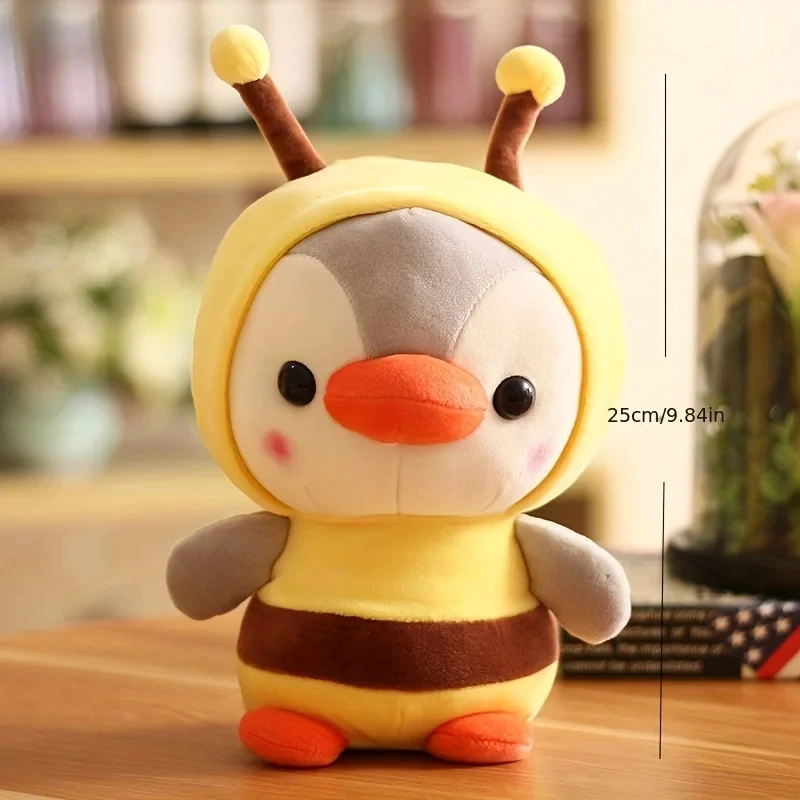
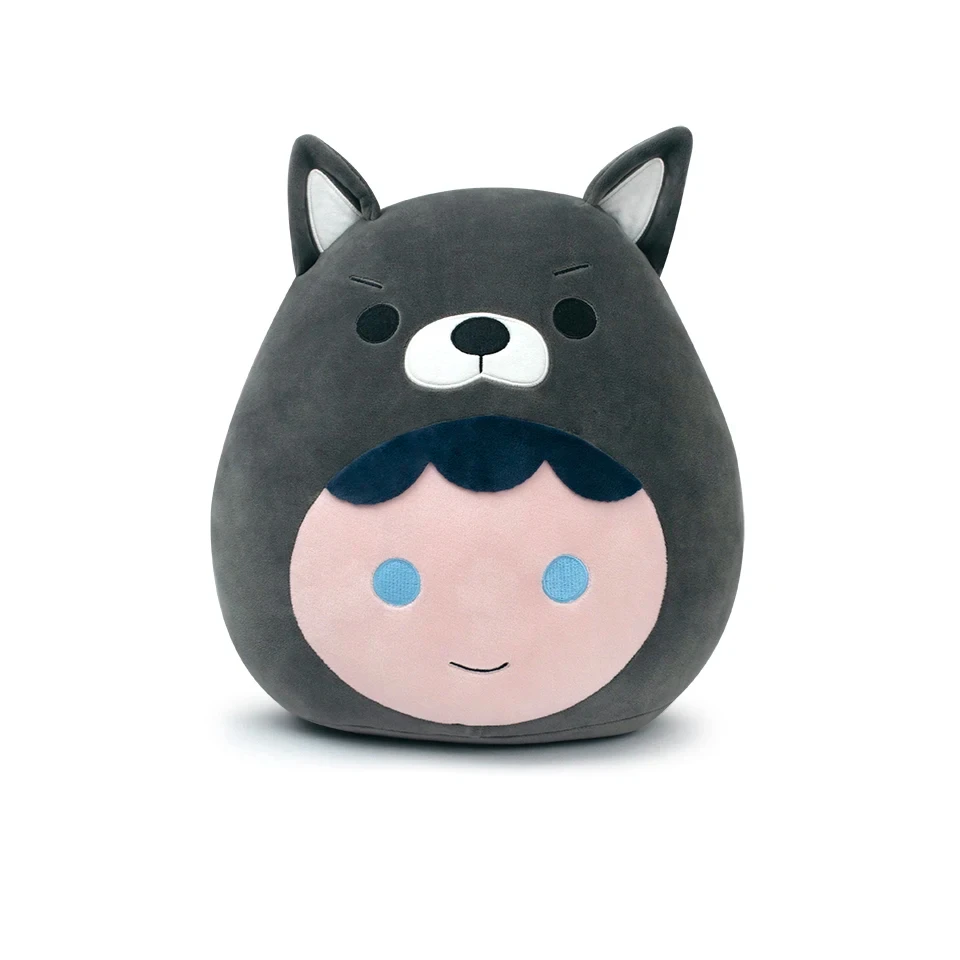
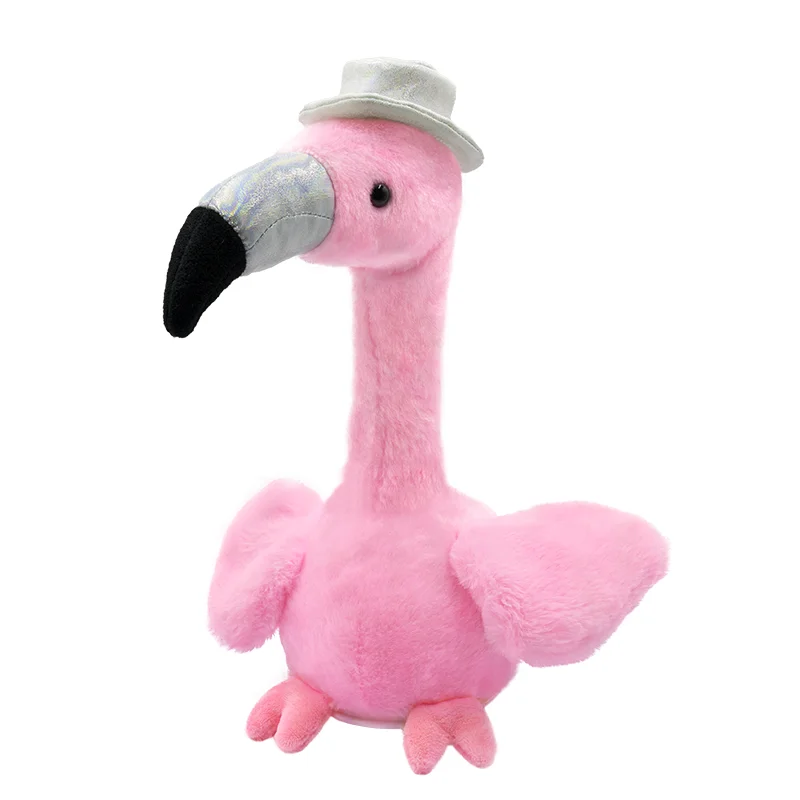
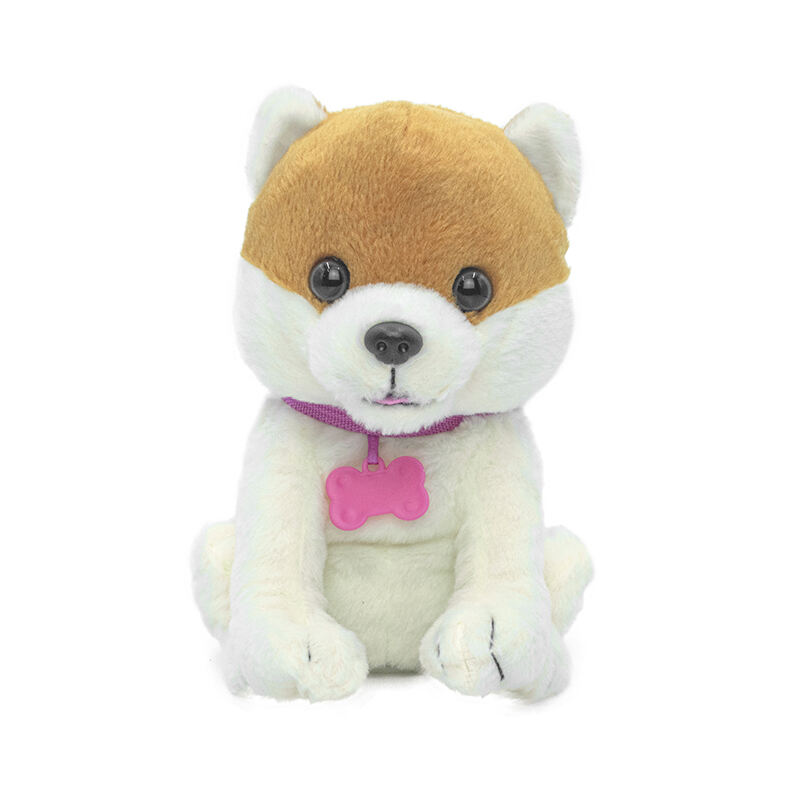
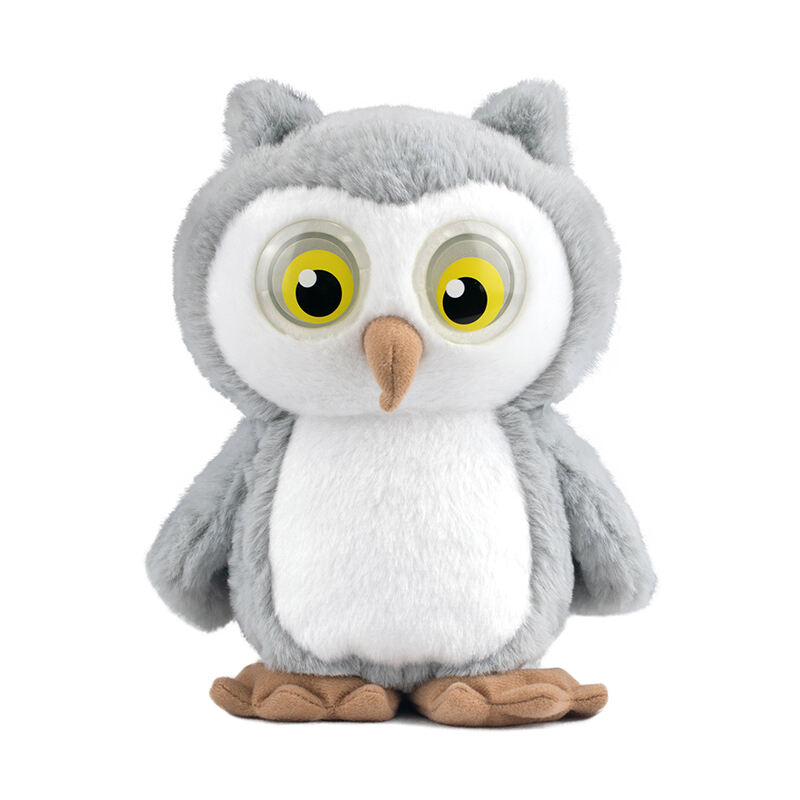
 Hot News
Hot News